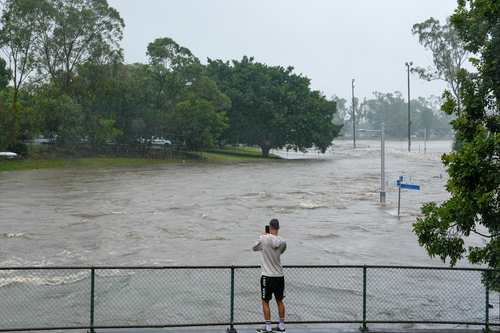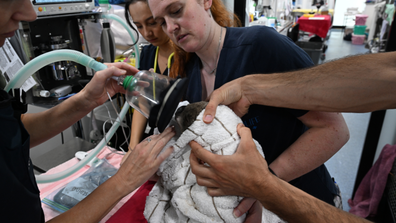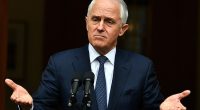Even more worryingly, 16 Aussies have reportedly died from the disease this year.

The heightened incidence of melioidosis prompts concerns for south-east Queensland as it endures flooding from ex-Cyclone Alfred.
Is there a melioidosis outbreak risk in south-east Queensland?
Melioidosis is endemic to northern Queensland and the Northern Territory, where tropical cyclones, floods, and warm, humid weather are most frequent.
However, Yim said the disease can pop up in similar climates and conditions.
“Obviously, there is currently increased rainfall in the area,” he says.
”We also know that the south-east Queensland corner is quite warm. Melioidosis can lurk in these environments.”

Koala who fell from tree one of many animals rescued from cyclone
How does melioidosis infection occur?
Melioidosis occurs in contaminated soil and water, putting people in flood zones at risk during both flooding and cleanup.
“Melioidosis enters the body through cuts and scratches, and, when it does become a little bit airborne, it can be breathed in and entered by the lungs,” Yim says.

How do I keep myself safe?
“Once the disaster ends and people start to clean everything up, ensure that you are wearing personal protective equipment,” Yim says.
That includes a mask, safety goggles (if using a pressure cleaner), gloves, and appropriate footwear.
“We don’t want to see people cleaning up in thongs or bare feet,” Yim says.
People who are elderly and/or immunocompromised or immunosuppressed – including those with diabetes, liver and kidney disease, and cancers – should be particularly careful, as they’re more at risk of severe cases of melioidosis, he adds.
What symptoms should I look for?
Those in flood and cyclone-affected areas should look out for fevers, headaches, trouble breathing, and chest and muscle pain.
Symptoms can develop in 1-4 weeks, which means now is the time to be vigilant, even though, for most places, the worst of the flooding and storms is over.
“If symptoms do develop, it’s really important to touch base with the GP, just to get assessed,” Yim says.






